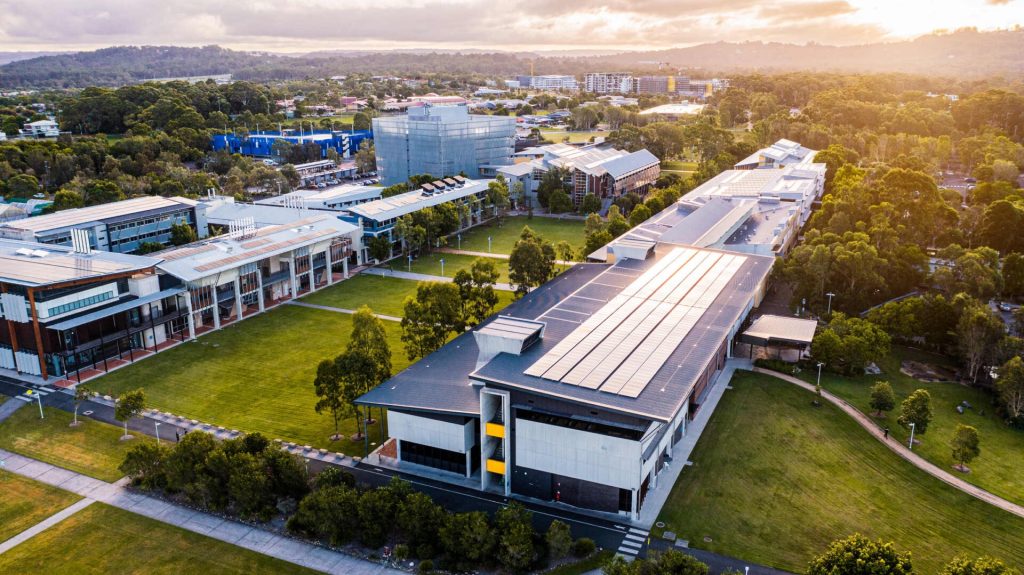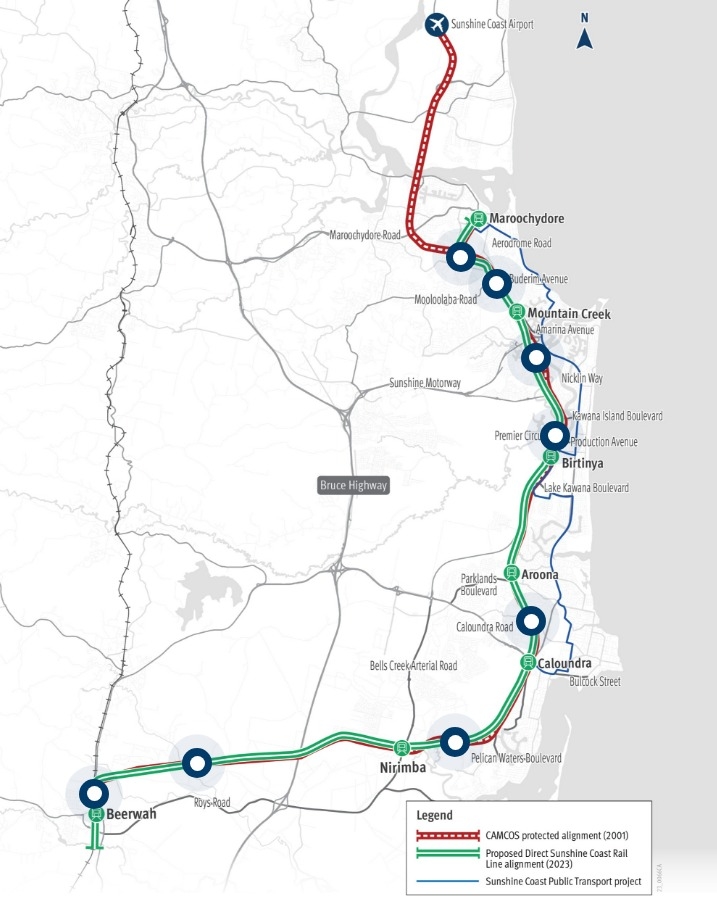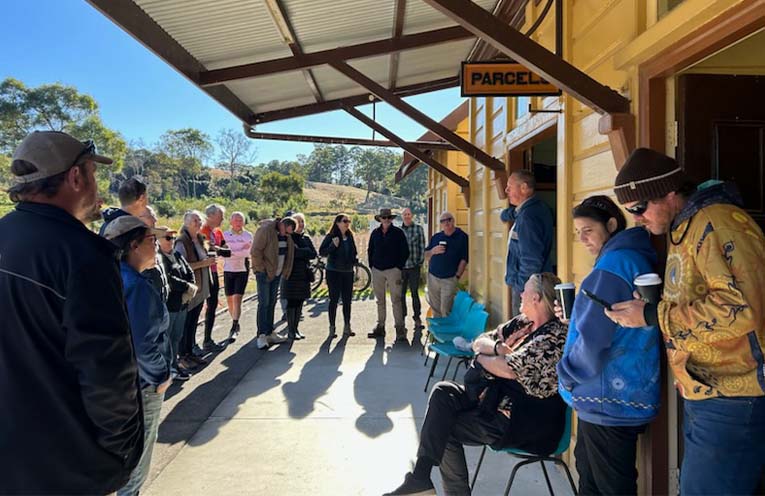Federal government funding for a high-speed rail line has been welcomed by the University of the Sunshine Coast, but academics say more needs to be done to address transport issues in the region.
The government on Monday dedicated $1.15 billion towards the line, bringing its total commitment to $2.75 billion, to match the state government’s contribution.
The funds should see Stage 1 of the Direct Rail Sunshine Coast project come to fruition, with a track to be built from Beerwah to Caloundra.
But UniSC vice-chancellor and president Professor Helen Bartlett said the line needed to be extended to Maroochydore, with efficient bus connections from stations to the university campus.
“Funding for this first stage is a great start, but we want to ensure that stages two and three remain firmly on the government’s agenda,” she said.
“Our projections and future planning have identified the need to provide upgraded transport connections to our campus at Sippy Downs, and this means ensuring the line doesn’t stop at the southern end of the Sunshine Coast.

“The university is the second biggest trip generator on the Sunshine Coast, so it’s vital that the link continues to Kawana and Maroochydore, and that an upgraded high-speed public transport service is also planned to connect future rail stations with the campus.”
The Sunshine Coast campus at Sippy Downs is currently serviced by an on-campus bus interchange that also services the suburbs of Chancellor Park and Buderim.
“The university plays a key role in the region’s industry, employment and innovation, as well as supporting more than 17,800 students and 1450 staff across all of our campuses from Moreton Bay to Fraser Coast,” Professor Bartlett said.
“A reliable and sustainable public transport network is critical to ensure that everyone in our rapidly growing community has equal access to a university education.
“So, while we are pleased to see the rail project is now closer than ever, thanks to federal and state government contributions now totalling $5.5 billion, we also support the Sunshine Coast Council’s intention to continue discussions at a state and national level, with the ultimate goal of securing funding to extend and deliver the rail connection all the way up to Maroochydore.”
UniSC lecturer in urban design and town planning Dr Greg Mews said a rail link was key to mitigate road congestion, and it needed to be designed strategically.
“The rail link is a missing piece in the region’s structural DNA,” Dr Mews said.
“Not everyone who lives, works, plays and studies in our region has access to a car and therefore struggles to benefit from equitable access to services.
“The first stage of this rail project to Caloundra is promising and can mitigate some of the impacts of substantially more people moving to the Sunshine Coast, but we still vitally need more travel options connecting the major urban centres to lifestyle settlements along the Coast.

“In order to make transport work well, we need to get the places, connectivity and the service quality right within the catchment areas.
“Developing the region without this would set us on a trajectory associated with characteristics such as gridlock, longer commuter hours, higher greenhouse gas emissions, air and noise pollution and, therefore, much higher costs to support health and wellbeing.
“Apart from shortening commuter hours and stress related to travel, rail has the potential to improve liveability if certain conditions are met and considered in an integrative and strategic manner.”
UniSC tourism, leisure and events management program coordinator Dr Aaron Tham said transport was potentially one of the main industries in Queensland that could undergo transformation due to the Olympic and Paralympic Games in 2032.
“The 2032 Games have the ability to put the Sunshine Coast, Moreton Bay, Brisbane and Queensland firmly on the map,” he said.
“It’s more than just sporting prowess. This event will change the landscape, functionality, transport, facilities and homes in Queensland.”
Dr Tham sits on the Brisbane Olympics and Paralympics Taskforce, with a particular interest in the legacy of the Games. He authored a 2022 paper that analysed the advantages of Queensland being awarded the 2032 Games more than a decade in advance.
Sunshine Coast News

